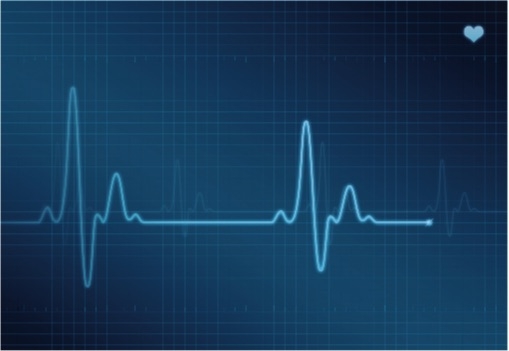
Features
Camera Corner
Opinion
Remote troubleshooting of CCTV systems should not be overlooked
One of the greatest benefits of using network cameras is the ability to monitor their health and troubleshoot issues remotely.
July 24, 2018 By Colin Bodbyl

Cameras or video management systems (VMS) with access to the Internet can alert users any time a camera fails or goes offline. Once a user receives notification of the problem, they can log in remotely and troubleshoot the camera without having to travel to a site. While not all issues can be resolved remotely, the ability for users to troubleshoot cameras remotely drastically reduces the number of times a technician has to conduct a site visit for simple issues.
Despite the obvious benefits of remote health monitoring and service, many integrators and even manufacturers are not leveraging it fully. Most integrators rely on their VMS manufacturer to provide them with health monitoring tools within the software. Typical health alerts include camera failures, storage errors and VMS offline. To most integrators, the built-in health monitoring of the VMS is sufficient, but for large-scale health monitoring, these alarms can become overwhelming without proper controls.
Camera failure alerts are often reported as a nuisance. This is because, like most networks, IP camera networks will occasionally drop connections or suffer from packet loss. This is very common where wireless links are in use and do not always signal a serious issue. To make this service more valuable, VMS manufacturers need to extend the criteria required to send a camera failure alert. For instance, frequency and duration are key indicators of critical issues on a camera network. If a camera connection fails for half a second once a year, this would not warrant a health notification. In other cases, a camera may be losing connections for a fraction of a second every minute, which would signal a serious network issue. Of course, a camera failure that extends beyond a few minutes almost always requires attention. Without frequency and duration thresholds, many integrators choose not to use the health monitoring features in an effort to avoid unnecessary alerts.
While VMS manufacturers are responsible for providing health alert services for the video system, integrators are responsible for monitoring the health of the video servers and networks on which the VMS operates. One common problem integrators encounter when setting up remote access for clients is port blocking. For end-users to view their cameras remotely, certain ports on the network need to be open. Sometimes these ports are open when the system is first installed, but may be blocked later by an IT department that does not under- stand their purpose. This would prevent the end user from view- ing video remotely, but the VMS would not report any health issues because it does not monitor ports on the network. To monitor problems like this, integrators need to use third-party software tools.
Health monitoring has changed the way integrators service their customers. It has created a valuable method for remote support and drastically reduced (or eliminated) the costs associated with many service calls. That being said, both VMS manufacturers and system integrators have opportunities to improve and better utilize the technology. Manufacturers who build a comprehensive health monitoring tool in their VMS create a far more positive experience for users. Integrators, on the other hand, bene t from reduced costs, faster service response times, and improved customer satisfaction. With such obvious benefits, health monitoring may become the most overlooked and yet valuable benefit of the network camera.
Colin Bodbyl is the chief technology officer for UCIT Online (www.ucitonline.com).
This article originally appeared in the June/July 2018 issue of SP&T News.
Print this page
Advertisement
- CANASA Update: New initiatives, speakers, standards and more
- The real influence of the DIY phenomenon